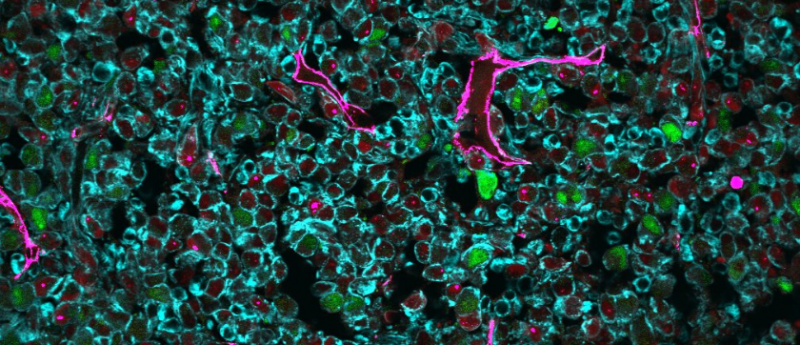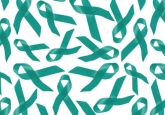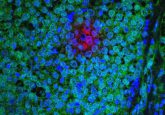The pattern of breast cancer risk factors among Iranian women and predictors of class membership

Abstract
Aim: This study aimed to find subgroups of women on the basis of clustering of breast cancer risk factors. Materials & methods: The study was conducted in Shiraz between 2004 and 2013. In this cross-sectional study clinical breast examination, mammography or sonography, fine needle aspiration or biopsy and surgery in case of indications were performed for all participants. Results: Four latent classes were indentified among women with breast cancer; general population risk (65.7%), low risk (8.9%), moderate risk (20.5%) and high risk (4.9%). Conclusion: Focusing on education, age and the occupation of women may help in designing and executing effective programs to reduce the incidence of breast cancer among healthy women.
Plain language summary
This study aimed to investigate breast cancer in Iranian women by studying different factors that may increase the risk of getting breast cancer. We grouped the women into four different classes based on these risk factors. The results showed that most women, whether healthy or sick, had similar risk factors labeled ‘general population risk’. Among healthy women, 15.4% were in the moderate and high risk groups, while among diseased women, 25.4% were in those same groups. We also found that breast cancer could be a significant risk for Iranian women due to a lower level of education and awareness. Our results demonstrate that it is essential to educate women about the risk factors for breast cancer. Focusing on education may help in designing and executing effective programs to reduce incidence of breast cancer among healthy women.





